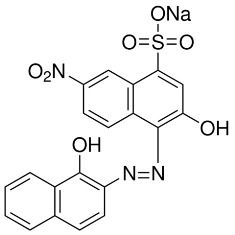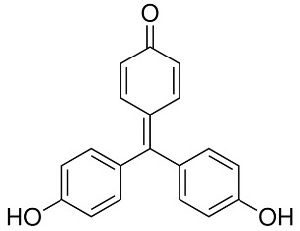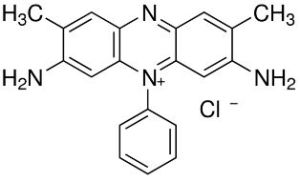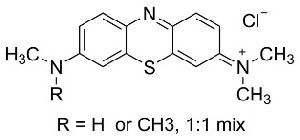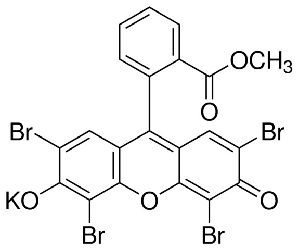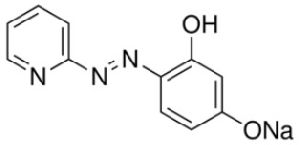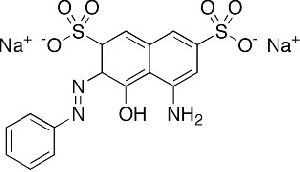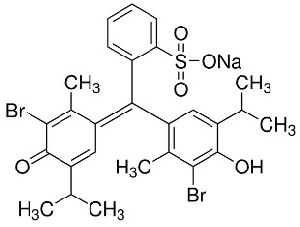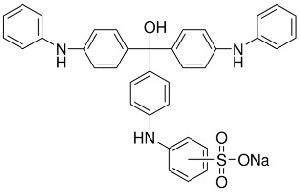Palghar, Maharashtra
Leishman Stain
| Business Type | Manufacturer, Supplier |
| C.A.S. No. | 12627-53-1 |
| Solubility 0.1 % (MeOH) | Clear solution |
| Absorption Maximum(in MeOH) ?1max | 640-645nm |
| Click to view more | |
Preferred Buyer From
| Location | Anywhere in India |
Product Details
Chemical Name
[7-(dimethylamino)phenothiazin-3-ylidene]-dimethylazanium;2-(2,4,5,7-tetrabromo-3,6-dihydroxyxanthen-10-ium-9-yl)benzoic acid
InChI Key
AXIKDPDWFVPGOD-UHFFFAOYSA-O
Solubility
In Methanol 10mg/10 mL, soluble in Ethanol.
Leishman's stain is applied in conventional staining techniques to uniformly stain chromosomes. These techniques leave centromers constricted, thus enabling the measurement of chromosome length, centromeric position, and arm ratio. Slides can be easily destained and banded by most banding procedures.
Applications:
Leishman's Stain is used generally in hematology and tropical medicine to differentiate and identify leucocytes, malarial parasites and trypanosomes. . Leishman's stain, also Leishman stain, is used in microscopy for staining blood smears. It provides excellent stain quality. Leishman’s staining method for thin and thick smears is a good alternative to Giemsa’s stain for identifying Plasmodium parasites. The Leishman method is superior for visualization of red and white blood cell morphology.A number of Romanowsky stains like Field’s, Giemsa’s, Wright’s and Leishman’s are suitable for staining the smears. Thick films are ideally stained by the rapid Field’s technique or Giemsa’s stain for screening of parasites. The sensitivity of a thick blood film is 5-10 parasites/µl. Thin blood films stained by Giemsa’s or Leishman’s stain are useful for specification of parasites and for the stippling of infected red cells and have a sensitivity of 200 parasites/µl. The optimal pH of the stain is 7.2.
Looking for "Leishman Stain" ?
Explore More Products


